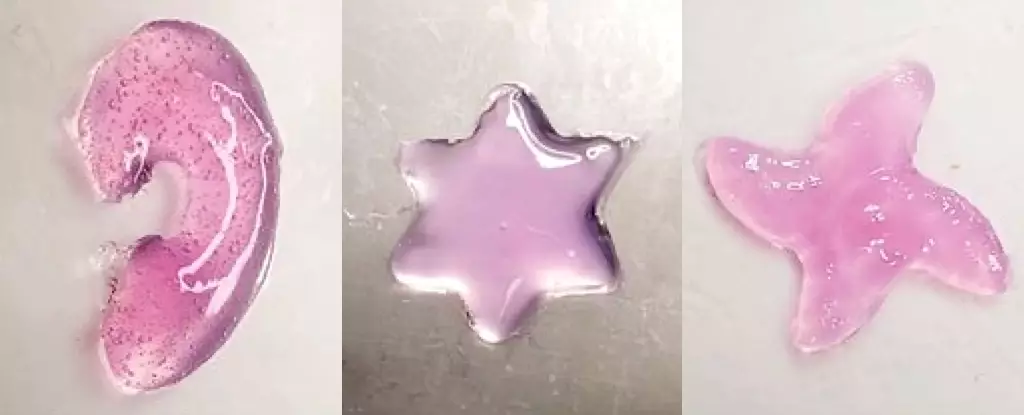In a remarkable leap forward for biomedical engineering, scientists at the California Institute of Technology (Caltech) have pioneered a groundbreaking method of 3D printing directly within living organisms using the power of ultrasound. This innovative technique, known as Deep Tissue In Vivo Sound Printing (DISP), offers promise not just for creating complex tissue structures but also for delivering targeted cancer therapies and repairing injured organs. Such advancements could reshape the landscape of medical treatments and tissue engineering, presenting numerous opportunities for personalized medicine.
How DISP Works: The Science Behind the Innovation
At the core of DISP is a specialized bioink that is meticulously injected into the body. The composition of this bioink is tailored to meet specific therapeutic needs, with essential components including polymer chains and crosslinking agents that coalesce into a hydrogel scaffold. What’s remarkable about this approach is the timing and control over hydrogel formation, accomplished through liposomes encapsulated with crosslinking agents. These lipid-based particles are ingeniously designed to respond to heat—releasing their payload when the localized temperature reaches a mere 41.7°C (107.1°F), which is slightly higher than normal body temperature.
The application of focused ultrasound plays a vital role, as it not only triggers the release of these agents but does so at varying depths within the body, reaching tissues and organs previously deemed inaccessible for such interventions. This innovation marks a significant departure from earlier techniques that utilized infrared light, which has limited penetration abilities.
Applications that Could Change Lives
The potential uses of DISP are nothing short of transformative. Beyond the novelty of printing intricate shapes within the body, the technique has proven applicable for a plethora of serious medical conditions. In animal trials, researchers demonstrated that this method could effectively replace or restore damaged tissues and ensure precise delivery of chemotherapeutic agents directly to tumors. In a striking experiment involving bladder cancer cells, the team incorporated the chemotherapy drug doxorubicin into the bioink, leading to notable increases in cancer cell mortality compared to traditional drug delivery methods.
Moreover, the intrinsic versatility of the bioink allows researchers to integrate additional elements that enhance its functionality. For instance, with the inclusion of conductive materials like carbon nanotubes and silver nanowires, scientists envision the possibility of creating implantable sensors capable of monitoring electrical signals from various organs. Such innovations could arm physicians with real-time data, allowing for proactive treatment decisions.
A Leap Forward with Minimal Toxicity Concerns
Another groundbreaking aspect of this research is its emphasis on biocompatibility. The hydrogel produced through DISP showed no toxic effects in preliminary studies, and any residual bioink is naturally excreted from the body within a week. This finding is crucial, as the integration of novel materials into medical applications often raises concerns about biocompatibility and toxicity. By demonstrating that this method not only succeeds in terms of functionality but also safety, the research team has laid a solid foundation for future clinical applications.
The Road Ahead: Bridging the Gap to Human Trials
While the results from animal studies are promising, one cannot overlook the monumental challenges ahead in transitioning from preclinical research to human testing. In-depth studies must be conducted in larger animal models before embarking on human trials. Nevertheless, the concept of performing real-time 3D printing of biomedical devices inside the human body presents an enticing glimpse into the future of healthcare. As lead researcher Wei Gao optimistically stated, the next phase is to evaluate this technology’s efficacy in larger models, with hopes of soon advancing to human applications.
The implications of DISP are far-reaching, intertwining cutting-edge technology with therapeutic interventions that could fundamentally alter the practice of medicine. The vision of responsive, real-time bioprinting within living organisms stands at the precipice of becoming a reality, promising to bridge the gap between innovative engineering and crucial medical applications.

